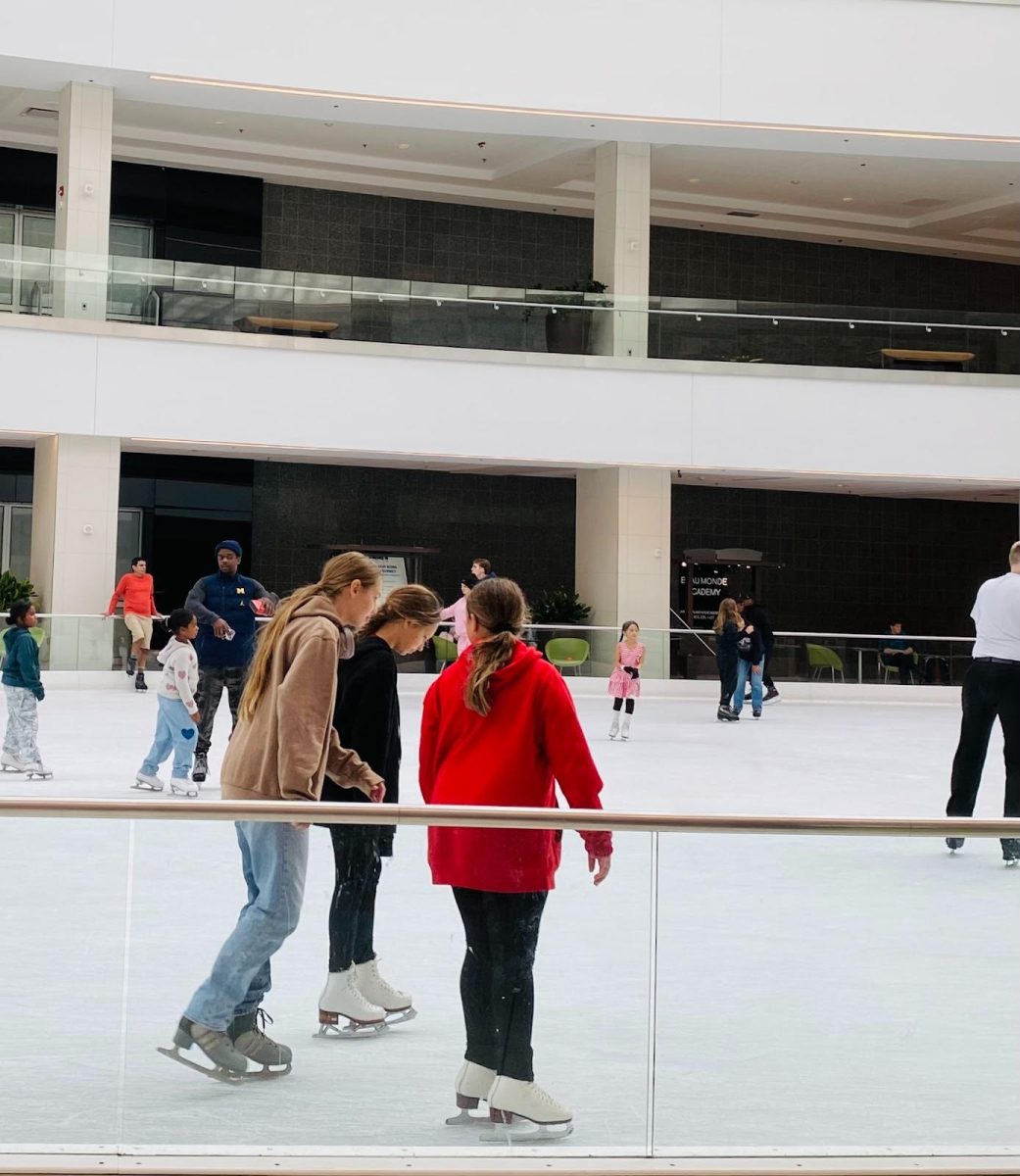
The mass shooting at Marjory Stoneman Douglas High School in which 17 students, teachers, and staff were murdered revived conversations around how to make schools safer. The perpetrator of this attack exposed the ways in which many security measures can fall short. For example, the shooter managed to get onto the school’s campus because the gates surrounding the campus were open to let school buses in ahead of dismissal, and in at least one classroom, the door’s lock allegedly didn’t keep students safe as the perpetrator still managed to break through the door’s glass and shoot into the classroom, striking at least two students. Very few buildings, especially educational institutions, are properly prepared for mass shootings, and as there have been more than 300 school shootings in America since 2013—an average of about one a week according to Everytown for Gun Safety, a nonprofit advocating against gun violence—it is clear that redesigning buildings to prevent these massacres is a necessary step for our country.
Until necessary gun legislation is passed, we must be proactive in preventing future school shootings, because they will continue. Portland Public Schools has mandated policies regarding threat assessment training, including lockdowns and lockouts. These are our primary responses if there were to be a shooter on campus. As the first PPS high school to undergo a full modernization process, Franklin has added security features to promote the safety of students, teachers, and staff. These include security cameras with visibility inside and outside the school and automatically locking doors.
As Domingo Urrutia, one of Franklin’s campus security agents, explains, “In an emergency, we do have a lockdown button where the doors that are open can be secured, including the gym.” These new additions promote a heightened sense of visibility and security for those inside the building. In addition, Urrutia explained that the district is now requiring that the remaining modernization projects be checked and signed off on by a district regulated security team. However, he declined to comment on whether or not the team signed off on the safety features of Franklin’s construction.
One major safety concern of the new building is how many classrooms have one wall made completely out of glass. According to Steve Matthews, the Business Manager at Franklin and leader of Franklin’s Design Advisory Board for the modernization, “Some of the reasons they looked at the glass was for the extended learning areas. [The glass] gives the teacher a lot of visibility.” Principal Juanita Valder describes how these walls could serve as a deterrent of gun violence since we would be able to see if someone were moving in our halls. “We can’t build out of fear, you have to build for what’s working for students and where we’re moving with education,” explains Valder, speaking about using space differently in education.
While the glass may look great and provides a surplus of natural light in classrooms, that doesn’t matter when there is an undeniable possibility of a person waltzing in carrying an AR-15. I am not suggesting that we create a tense learning environment based on fear, but the reality is that there is no end in sight for gun violence. The PPS modernization project provides us with a crucial opportunity to have open and honest conversations about school safety.
In response to a question regarding Franklin’s safety regulations for gun violence, Valder states, “[School shootings] are extremely rare. We’re hearing about them a lot, but when you look at the scenarios, especially in urban schools, it’s really rare.” As a student, this was an alarming statement. While it is true that the majority of school shootings have happened in suburban schools, these massacres are in no way rare. Statistically, school shootings are infrequent compared to the other violent actions taking place in the United States. However, it is important to recognize gun violence in schools is an ever present danger, and it must be treated as such. Even if school shootings occurred with less frequency, the accessibility of guns in our country causes enough concern to require increasing conversations regarding preventative methods. It is time for the Franklin community to acknowledge that the student voice is important in matters that impact us directly.
Penny Okamoto is the Executive Director of Ceasefire Oregon, a nonprofit organization committed to improving the health and safety of the community by reducing gun violence. Discussing the proper action to take in order to prevent future mass shootings, Okamoto explains, “The United States has recommendations on how to make yourself safe during a fire, flood, hurricane, and tsunami, but no one has studied how to survive a mass shooting.” Ceasefire Oregon recommends that either the state of Oregon or the federal government start an agency called the National Gun Violence Investigatory Board. The agency would be modeled after the National Transportation Safety Board (NTSB), which investigates highway, aviation, marine, railway, and pipeline accidents and makes suggestions on what can be done to make things safer in the future. The NTSB is one of the reasons why deaths due to car crashes have reduced in the US, because of proposals like seat belts. Through an investigatory board designed to prevent gun violence, we could come to a more clear answer on whether or not glass walls impact the frequency and outcome of shootings.
The fact of the matter is that we need to redesign our buildings to account for future mass shootings. As Okamoto explains, “Even if we get rid of 90 percent of all the guns in the United States, we would still have 30 to 40 million guns because we have about 310 million guns at least in civilian hands in the United States.” These statistics are unsettling, but they emphasize the importance of changing our national culture from being reactive to gun violence to proactive. The future school modernization projects taking place at Grant High School, Lincoln High School, and Madison High School, as well as Kellogg Middle School, are a great place to start. If you are interested in being a part of the design conversation, join any of these school Design Advisory Boards (DAG). As a member, you will be able to give direct feedback to architects and suggest features of building construction you are hoping to see. In order to realize safe learning environments for future generations of students, it is essential that student voices be prioritized.


































